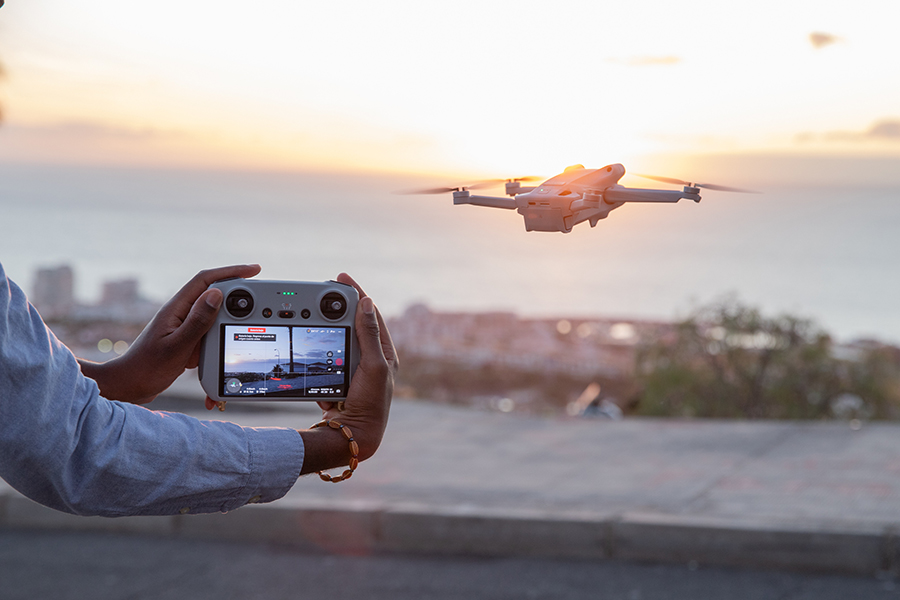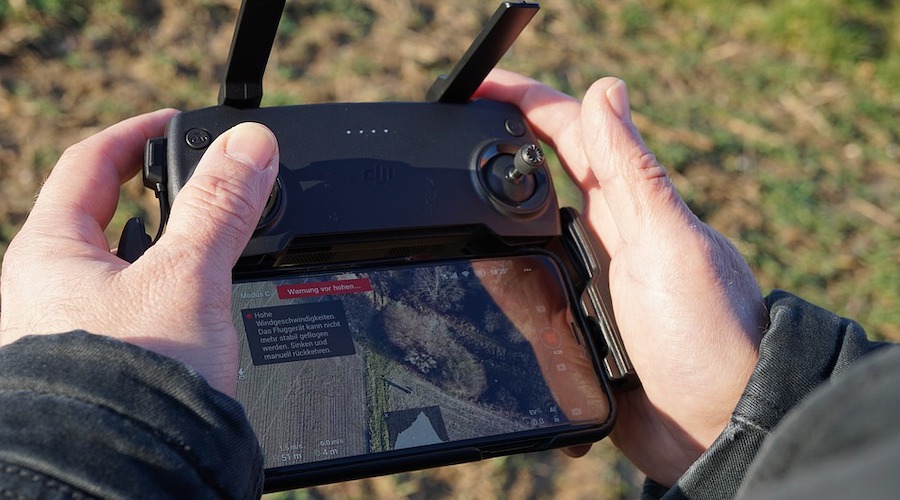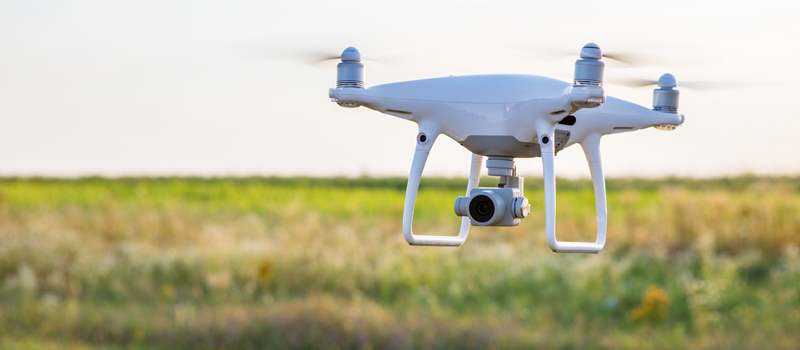-
Learn to launch and land by hand
-
Double-check the airspace
-
Calibrate on land
-
Pack a sunshade
-
Fly in good weather
-
Use a polarizing filter
-
Launch and land in ATTI mode
-
Increase throttle upon launching
-
Flying in ATTI mode is optional
-
Set home point to Dynamic
-
Set failsafe to Hover
-
Watch out for birds
-
Leave extra battery allowance
-
Clean and dry your drone
-
When in doubt, don’t do it
-
Final thoughts
Drone pilots tend to come up with the most creative and challenging ways to fly a drone. One such example is flying a drone from a stationary or moving boat. This situation presents several unique challenges that a drone pilot needs to be prepared for.
Stakes are a bit higher when flying a drone from a boat, simply because an accident could mean that your drone will be lost to the sea or sink to the bottom of a lake. To avoid such an incident and have a good time, check out these tips on flying drones from boats.
Learn to launch and land by hand
Hand launching and landing a drone is risky because you can get injured – but sometimes it’s the only way to be able to fly.
Launching and landing are the trickiest parts of flying a drone from a boat. You will not have the advantage of having a stable and stationary surface to launch or land your boat, and you may not even have a lot of room. In less-than-ideal conditions, you may need to launch or land your drone by hand.
Hand-launching is actually not as intimidating as it looks. The key is to lock your elbows and keep the drone as far away from you as possible. You will also want to take note of the wind direction – you will not want the drone flying in the direction of your face.
Landing can be a bit tricky because you cannot rely on your drone’s auto-landing function on a moving boat. You will need to land your drone manually, making sure to disengage the downward-facing sensor or any automatic landing protection.
If necessary, practice your hand-launching and landing skills on land before doing it on a boat. For more tips on hand landing and launching, check out a detailed beginner’s guide we had previously published.
Some drones are more suited to hand launching and landing than others. For instance, the DJI Phantom 4 drone’s tall landing legs make it ideally suited it.
Double-check the airspace
Flying a drone from any moving vehicle always calls for closer scrutiny of the airspace you will be flying in. You might launch your drone in Class G airspace but find yourself flying in controlled airspace without the proper authorities if you’re not careful. Keep in mind that airspace restrictions still apply even over the sea.
As part of mission planning, check for any restrictions on surrounding airspace – including the places your boat might sail onto. It might also be prudent to let your boat’s captain know about your plans to fly a drone. If there is a chance that you might end up flying in controlled airspace, then you may want to secure the airspace authorization before the boat sets out.
Calibrate on land
Drones generally need to be in a location that is perfectly still and free of electromagnetic interference to calibrate their many motion and guidance systems. At the very least, this rule applies to the drone’s IMU and compass. With this in mind, make sure to calibrate your drone on land and not on the deck of a constantly rocking boat.
You will also want to keep the drone away from the boat’s control panel and engine room to avoid messing up the drone’s compass because of strong magnetic forces.
Not doing a proper calibration can result in the massively erratic motion of the drone and the failure of its location and guidance systems. This is not something you want to deal with while your drone is flying over open water.
Pack a sunshade
To maintain visual contact with your drone, you will likely need to stay on the deck of your boat. This also means being exposed to sunlight. Aside from the bad effects of over-exposure to UV radiation, you will also be dealing with glare on the screen of your remote controller.
If there is a fringe accessory that you want to pack before doing a drone flight on a boat, then it is certainly a sunshade for your controller. This is just a simple way to make sure that you keep track of your drone’s FPV view and telemetry data.
Fly in good weather
Flying in good weather is one of the most common pieces of advice for drone flight, but this wisdom is doubly important if you’re flying from a boat. Dealing with strong winds and light rain can be extra stressful if you’re constantly worried that your drone will crash on water.
Take note that wind conditions out in the sea can be very different from those on land. If you’re unsure, it’s best to consult with someone who knows more about sailing. Even if you’re already out on open water, remember that you can always decide to NOT fly your drone if the weather conditions do not feel safe.
Use a polarizing filter
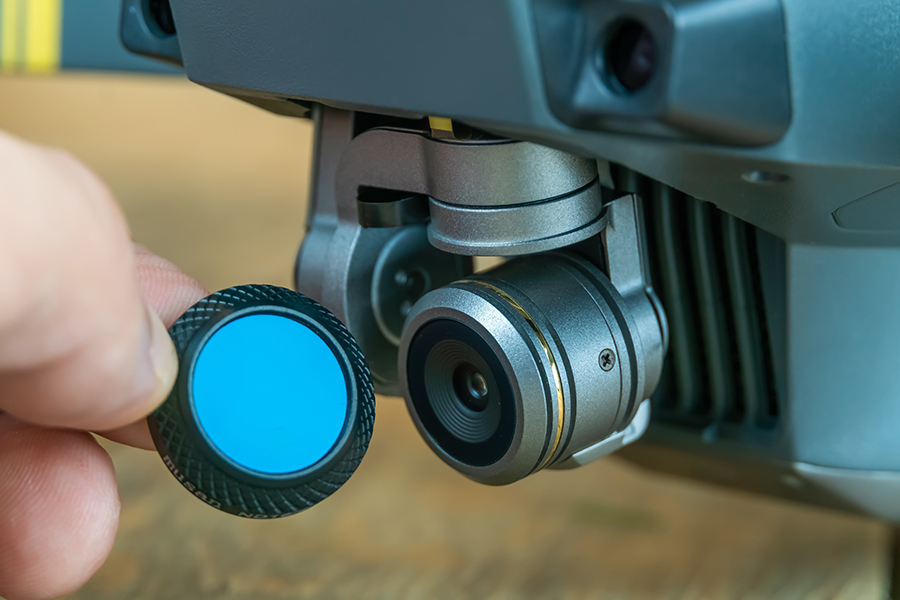
This advice goes for drone photographers – make sure to pack your polarizing filter, especially on a bright and sunny day. The surface of the water acts like a huge mirror for the sunlight, creating particularly harsh conditions when you’re taking photos over open water. These are essential for correcting possible over-exposure when taking photos or videos from your drone.
Although useful, polarizing filters can be quite challenging to use if you have not tried them before. They work well if you’re taking shots that are aligned relative to the angle of the sun. Otherwise, polarizing filters can create blotchy or spotty effects in some of your shots.
Launch and land in ATTI mode
It is often advised to put your drone in ATTI mode when launching from a moving boat. This effectively deactivates GPS-aided stabilization for your drone. This helps in clearing or flying away from the boat as quickly as possible, thereby avoiding a very early crash. Activating ATTI mode when landing is also a good idea, as you will need full control of the motion of the drone to make a safe landing.
Flying exclusively in ATTI mode can be quite challenging if you have not done it before. Without GPS-aided stabilization, flying your drone will require extra attention if you do not want it to be blown away by the wind. If you intend to take nice photos, you can activate GPS stabilization again after launching.
Take note that powering down the drone will automatically make it default back to GPS mode. Make sure to check that you have switched to ATTI mode before taking off.
Increase throttle upon launching
Whether you’re launching by hand or from the deck of a boat, you will want to increase the drone’s throttle as soon and as quickly as you can. You will want the drone to be at an altitude high enough to not crash on any part of the boat.
It’s noticeable that many of the tips on flying drones from boats center around the act of launching the drone. Most accidents related to flying drones from boats happen during takeoff, so exceptional safety measures should come as no surprise. Make sure to maintain a presence of mind and be able to react quickly if needed.
Flying in ATTI mode is optional
Just because you launched in ATTI mode does not mean that you need to fly in ATTI mode. You can switch back to GPS mode as soon as your drone is a safe distance away from the boat.
ATTI mode can be tough out in the open water, especially on a windy day. You might also not want to be stressed out with maintaining the drone’s position while setting up to take your photos and videos.
Set home point to Dynamic
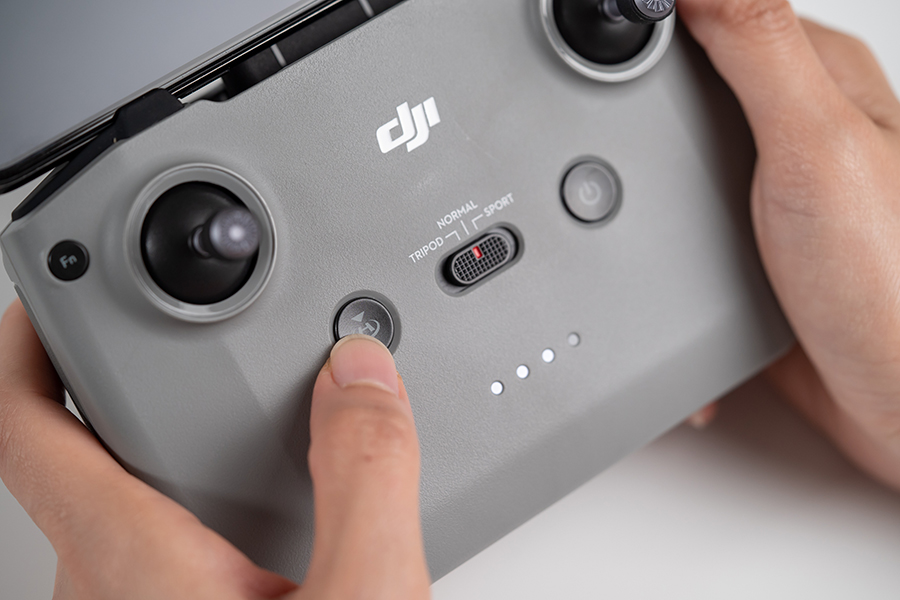
One of the golden rules of flying a drone from a moving vehicle is to always set the home point to Dynamic. The last thing you want is to activate the RTH feature just for the drone to fly back to where it originally took off from.
Having the home point location periodically update to the location of the remote controller also helps avoid potential geofencing issues related to the distance between the remote controller and the drone.
Set failsafe to Hover
An RTH that you did not trigger can be dangerous when flying from a moving boat, as there is a chance that the drone will move to the home point’s last recorded location. It’s easy to see how this could be problematic if your drone starts landing on water.
Instead, it’s safer to set the failsafe option to Hover. This means that the drone will just hover in place should there be a loss of signal connecting it to the remote controller. It is then just a matter of navigating the boat to the drone’s location so that the signal can be regained.
Watch out for birds
If you’re sailing out to sea, you might have to fly your drone in an environment where there are more drones than usual. Some birds can be aggressive, especially if they mistake your drone for prey. They are also faster and more agile than your drone, so it’s best to steer clear of them.
The ever-present hazard of a bird attack makes it even more important to maintain visual contact with your drone while flying from a boat. It would also be a great idea to have a visual observer with you who can scan the nearby airspace for birds or any other aircraft.
Leave extra battery allowance
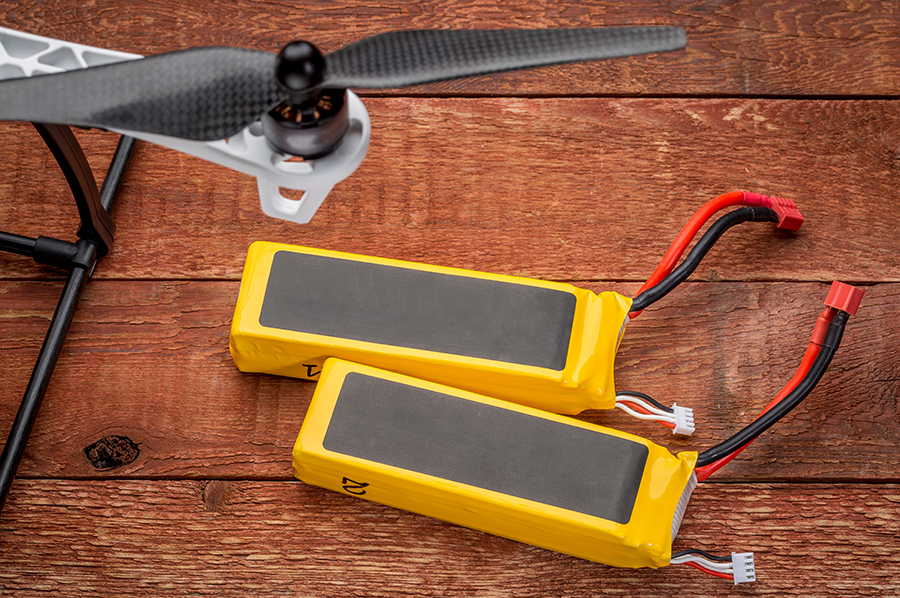
It is a good idea to have your drone fly back to you at a healthy battery level – somewhere from 30% to 40%, just to be safe. Don’t let the drone decide what the critical battery level is based on its distance from the remote controller. It could still work, but the potential consequence is a crash on open water.
There are many unpredictable factors that come into play when flying from a boat. Strong winds, the movement of the boat, and the complexity of the landing can make the return trip longer than expected.
Clean and dry your drone
Post-flight maintenance is very important when flying over open water, whether it’s the sea, ocean, or lake. Leftover spray and salt residue can cause quickly cause corrosion on the body of the drone, as well as its camera components and electronic circuitry. Clean off any salt residue and dry the drone either with air or by using a desiccant. Do not place the drone inside a bag and leave it there for several days.
When in doubt, don’t do it
Flying a drone from a boat isn’t exactly very dangerous, but there is an element of calculated risk involved. It also needs a great deal of both experience and confidence. If something does not feel right or if the weather is not as ideal as you would prefer, then there is always the option of not flying your drone and simply enjoying a nice boat ride.
Flying your drone over water for the first time can be nerve-wracking. This is a feeling you need to get accustomed to before you even attempt flying from a boat. Getting some flight hours from the beach or a port would be a great idea, just to help you build confidence.
Final thoughts
Sailing out to sea or on a lake is an excellent time to bust out your drone and take some nice aerial photos. This can be a bit challenging, though, because of several factors – strong winds, harsh lighting, and the complexity of launching and landing on a moving boat.
While there is definitely some risk involved, a bit of practice and risk management can make flying from a boat reasonably safe. Just make sure that you’re properly confident with your drone flight skills before getting yourself into this somewhat challenging situation.
